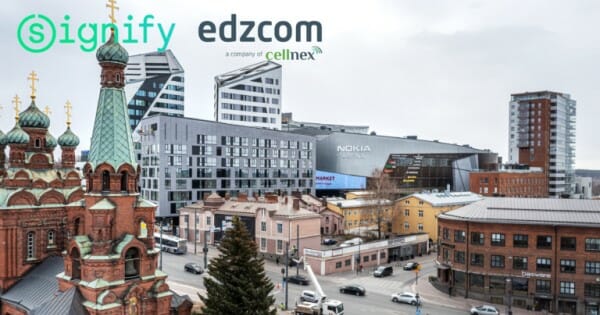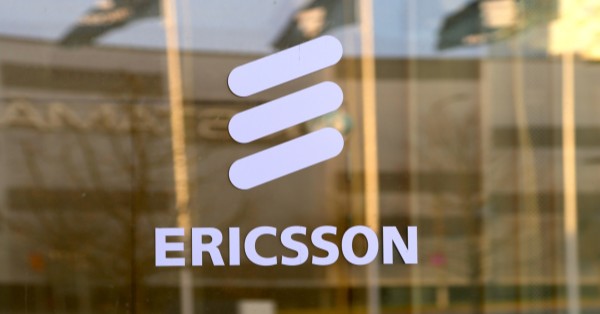EDZCOM, a company of Cellnex, and a European market leader in Edge Connectivity solutions, and Signify, the world leader in lighting, have entered into a partnership with the City of Tampere. The partnership was initiated to build an innovative and long-term private network project with the vision to make the city a better place for its citizens to live and work.
Small and medium-sized cities are confronting the challenge of slow development. Simultaneously, digitalization is radically disrupting traditional business models, helping to break both spatial and geographical boundaries, as well as further delivering new ways to live in this digital age. Advancing digitalization, therefore, provides opportunities for SMCs to rapidly enhance their competitiveness in societal, economic, environmental, and low carbon areas, among other variables. With the Tampere Smart City Week expo and conference taking place from 14-15 June 2022 at the next-gen Nokia Arena, EDZCOM and Signify have the opportunity to showcase their unique connectivity collaboration with the City of Tampere at the event.
“EDZCOM is the leader in Finland for private networks. Connectivity is one of the key drivers of digitalization, and in this project we were able to offer something of value to the City of Tampere, and the city had needs in terms of improving its connectivity for the benefit of its citizens. This infra-project was about utilizing the assets that Tampere has, in this case, the streetscape assets, and this enabled EDZCOM and Signify to build a very high-performance wireless private network for the city. In addition, we can also provide a faster roll-out for 5G for densification on top of the base network we are building, so there are multiple benefits for all parties here.
The City of Tampere is very internationally oriented and by a mile is the leader in being an innovator in the smart city environment. That is well recognized in the Nordics and even further afield. This is a first for a project like this in Finland, so they are pioneers in that sense. This is a unique project.”
Mikko Uusitalo, Managing Director, Edzcom
Where there is light, there are people and where there are people, they need connectivity. Our newest BrightSites solution will help our customers to transform their traditional lighting assets to a digital platform. This opens up the opportunity for new business models and monetisation for our customers. We truly believe that this is the game changer in deploying the communication networks of the future.
Through this collaboration, we have helped create a more advanced data driven city run on analytics, as well as being predictive and cognitive in nature. That vision of how the city should evolve, and how the lighting infrastructure enables that, came together in the City of Tampere. Tampere has been an early adopter and has really set a good example of how to embrace new technology and how to transform technology by using assets they already have.Khalid Aziz, Head of BrightSites by Signify
“The City of Tampere wants to be the forerunner city of new technologies. As part of our smart cities programme, around 18 months ago we were asked to look at something that has been in development by Signify around 5G mesh technology and how to divide the 5G network in a new way, and we were immediately excited by the potential of what we saw, particularly as we have a new arena that opened in December 2021. One of the central features of the programme is called ‘Data driven city for citizens’ and the idea is to really make the data serve our citizens better and how people can connect with a broad information flow, like videos and other forms of sharing, for example.”
Teppo Rantanen, Executive Director for Growth, Innovation, and Competitiveness at City of Tampere
“In the future, it will also be about things like looking at security and safety, as well as other elements like autonomous driving and how we can connect that with low latency which 5G will bring us. When it comes to digitalisation and ‘smart cities’, we believe that the City of Tampere is now recognized as a strong thought leader in this field. The Tampere Smart City Week from 14-15 June 2022, will be a fantastic showcase to a broader audience of what can be achieved with the right partners sharing a similar vision.”
Markku Niemi, Director, Smart City Development, Business Tampere































